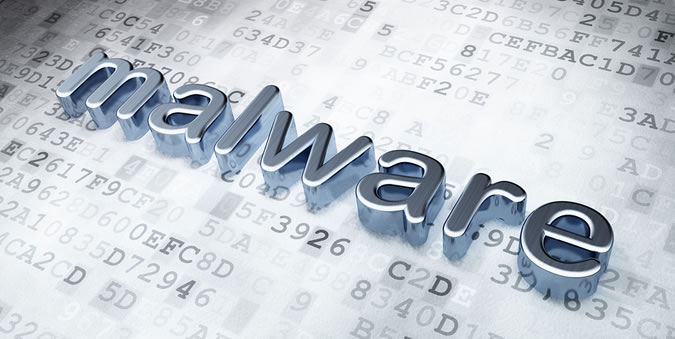Researchers at Denmark-based security firm CSIS have stumbled upon a new variant of Rovnix, a piece of malware that’s designed to download other threats onto infected machines.
The latest variant attracted the attention of researchers because of its new domain generation algorithm (DGA). The DGA appears to be generating domains based on words taken from the United States declaration of independence. Examples include accordinglytathdivine.com, operationlegislative.eu, governmentformsact.eu and overmartimeconstrains.cn.
The developers behind Rovnix have also made some changes to help the threat avoid detection.
“In the latest Rovnix variant, the author changed the protocol in order to avoid traffic detection by patterns. So now, it is generating a random file name, of which only the first letter is of importance. It can be one of the following three: “c” for config.php , “t” – for task.php and “d” – for data,” Peter Kruse of CSIS explained in a blog post. “Data is sent with a random generated value encoded by base64.”
The malware authors have also removed the bootkit component. Now, the threat only supports a user-mode component, Kruse said.
The security company has observed three campaigns involving the latest Rovnix, all of which are aimed at users in European Union countries, including Poland and Norway.
Unlike previous operations, the cybercriminals have now encrypted communications with the command and control (C&C) server.
Researchers have also noticed that the malware authors released a new C&C panel. The decision to rewrite the control panel was probably made after reports surfaced about a bug in the previous version, CSIS said.
In May, Microsoft reported that a new variant of Rovnix introduced a virtual file system (VFS) used to store the malware’s components and stolen data.
